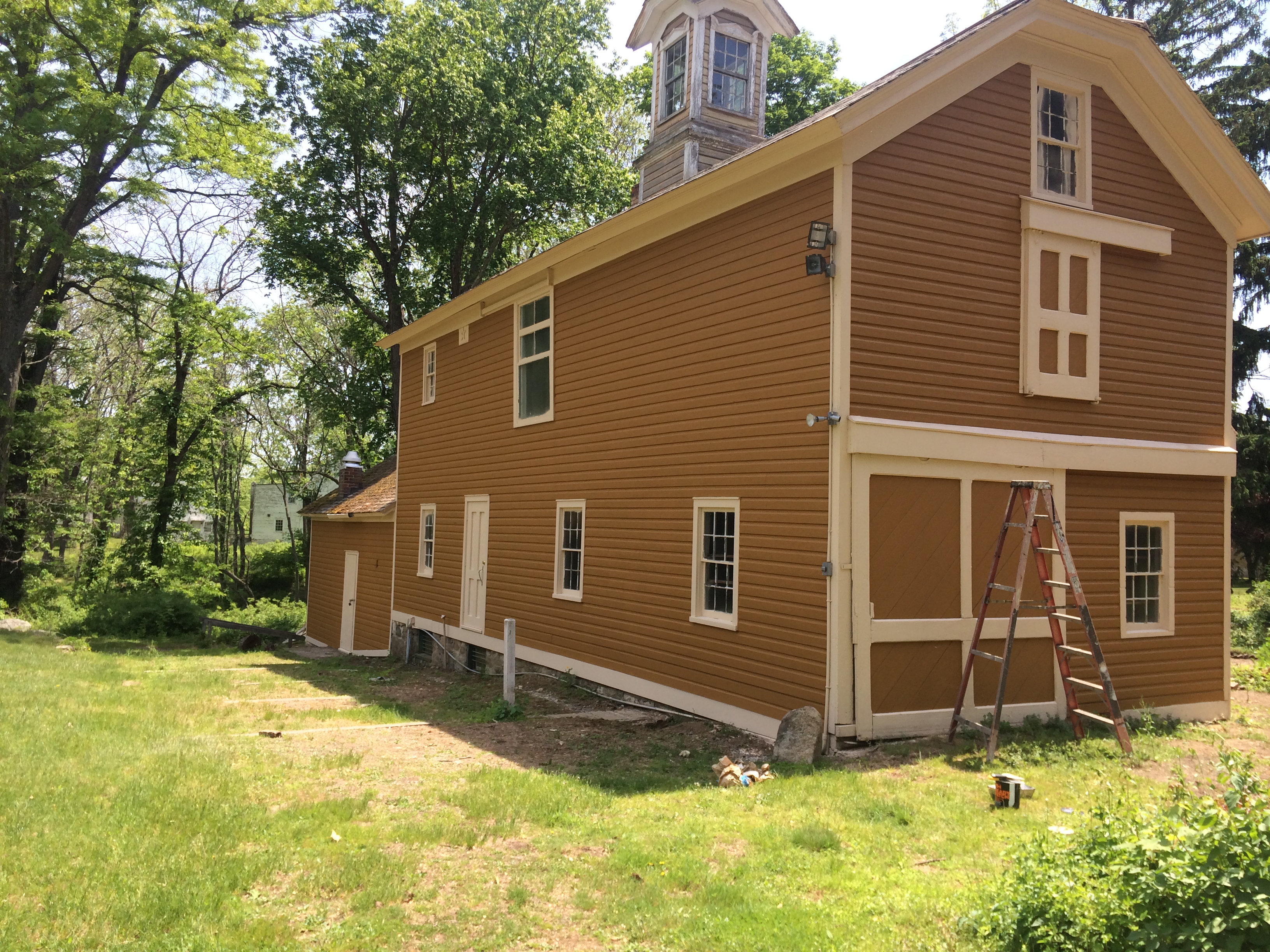Transform Your Property with a Fresh Coat of Paint
In a desirable and competitive real estate market like Red Bank, New Jersey, maintaining your home’s appearance is crucial. A professional paint job is more than just a color update; it’s a strategic investment in your property’s long-term value, protection, and overall beauty. Whether you’re preparing to sell or simply want to enhance the home you love, the power of a pristine, expertly applied coat of paint cannot be overstated. From boosting curb appeal to safeguarding your structure from the elements, a quality finish provided by a professional painting contractor delivers returns you can see and measure.
The Tangible ROI of a Professional Paint Job
One of the most compelling reasons to invest in professional painting is its impressive return on investment (ROI). Real estate experts consistently rank painting as one of the most cost-effective home improvements. A fresh coat of interior paint can yield an ROI of up to 107%, meaning you not only recoup the cost but also add significant value to your home. For exteriors, the numbers are just as strong, with a fresh paint job potentially boosting your home’s value by 2-5%. In a market where first impressions are everything, a well-maintained exterior suggests that the entire property has been cared for, increasing buyer confidence and often leading to higher offers and a faster sale.
More Than Just Color: Paint as a Protective Barrier
Beyond the immediate visual enhancement, a high-quality exterior paint job serves as your home’s first line of defense against the unique climate challenges of New Jersey. The state’s high humidity, coastal salt air, and seasonal temperature swings can wreak havoc on exterior surfaces. A professionally applied coating acts as a crucial barrier, protecting your home’s siding from:
- Moisture Intrusion: Prevents water from seeping into wood and other materials, which can lead to rot, decay, and costly structural damage.
- Pest Infestations: Seals small cracks and gaps that could otherwise become entry points for insects and other pests.
- UV Damage: Protects surfaces from the sun’s harsh rays, which can cause materials to fade, warp, and deteriorate over time.
Investing in professional interior and exterior painting services is an investment in the longevity and structural integrity of your property.
Key Considerations for Your Red Bank Home
Choosing the Right Colors and Finishes
Color trends for 2026 are shifting toward warm, earthy tones that create a sense of comfort and connection to nature. Think cozy greens, creamy neutrals, rich reddish-browns, and sophisticated muted hues. While personal preference is key, selecting colors with broad appeal is wise if you’re planning to sell. A professional can guide you on finishes—such as matte for a modern, non-reflective look on walls, satin for durability in high-traffic areas, and semi-gloss for trim and doors—to achieve the perfect aesthetic and performance.
The Importance of Meticulous Preparation
The secret to a durable, flawless finish lies in the preparation. Professional painters understand that skipping this step leads to peeling, blistering, and a short lifespan for the paint job. A thorough process includes power washing, scraping old paint, sanding surfaces smooth, repairing cracks, and applying the correct primer. For heavily corroded or coated surfaces, advanced surface preparation like sandblasting may be necessary to ensure optimal paint adhesion and a finish that lasts for years.
Did You Know?
- →Homes with fresh, neutral paint often sell faster because they appear “move-in ready” to prospective buyers.
- →In New Jersey, the best times for exterior painting are late spring and early fall, when temperatures are moderate and humidity is lower, ensuring the paint cures properly.
- →Proper surface preparation can extend the life of an exterior paint job by as much as 50%.
Navigating Historic and Modern Homes in Monmouth County
From the charming Victorian homes in Red Bank to the modern constructions in Tinton Falls, Monmouth County boasts a rich architectural diversity. This variety requires a painter with a nuanced understanding of different materials, styles, and preservation standards. Whether you own a recently built property or a treasured historic landmark, it’s essential to partner with a team that has proven expertise. For older properties, a painter with experience with historic homes is vital to ensure that the materials and techniques used are appropriate for preserving the building’s character and integrity. This specialized knowledge ensures your home not only looks beautiful but is also correctly preserved for future generations.
Ready to Enhance Your Home’s Value and Beauty?
Don’t underestimate the power of a professional paint job. At Spectra Painting, we bring decades of experience to every residential project in Red Bank and across New Jersey. Our commitment to quality, precision, and durability ensures a finish that you will be proud of for years to come.
Frequently Asked Questions
How often should I repaint my house exterior in New Jersey?
Due to the state’s varied climate, it’s generally recommended to repaint your home’s exterior every 5 to 10 years. The exact timeframe depends on factors like the type of siding, the quality of the previous paint job, and your home’s exposure to sun and moisture.
What’s the difference between a professional painter and a DIY job?
While DIY can seem cost-effective, professionals offer experience, efficiency, and superior quality. They use high-grade materials and equipment, ensure meticulous surface preparation for long-lasting results, and are insured, protecting you from liability. This leads to a more durable, flawless finish that ultimately provides better value.
How long does a typical residential painting project take?
The timeline varies based on the size of your home and the scope of work. A professional crew can often complete an average-sized interior room in a day or two, while a full exterior repaint could take a week or more, including prep and drying time. A professional painter can provide a much more accurate timeline after an initial consultation.
Do you work on both residential and commercial properties?
Yes. While this guide focuses on residential painting, Spectra Painting has extensive experience in both sectors. Our commercial painting contractors are equipped to handle projects of any scale, from office buildings to industrial facilities, with the same commitment to professionalism and quality.






